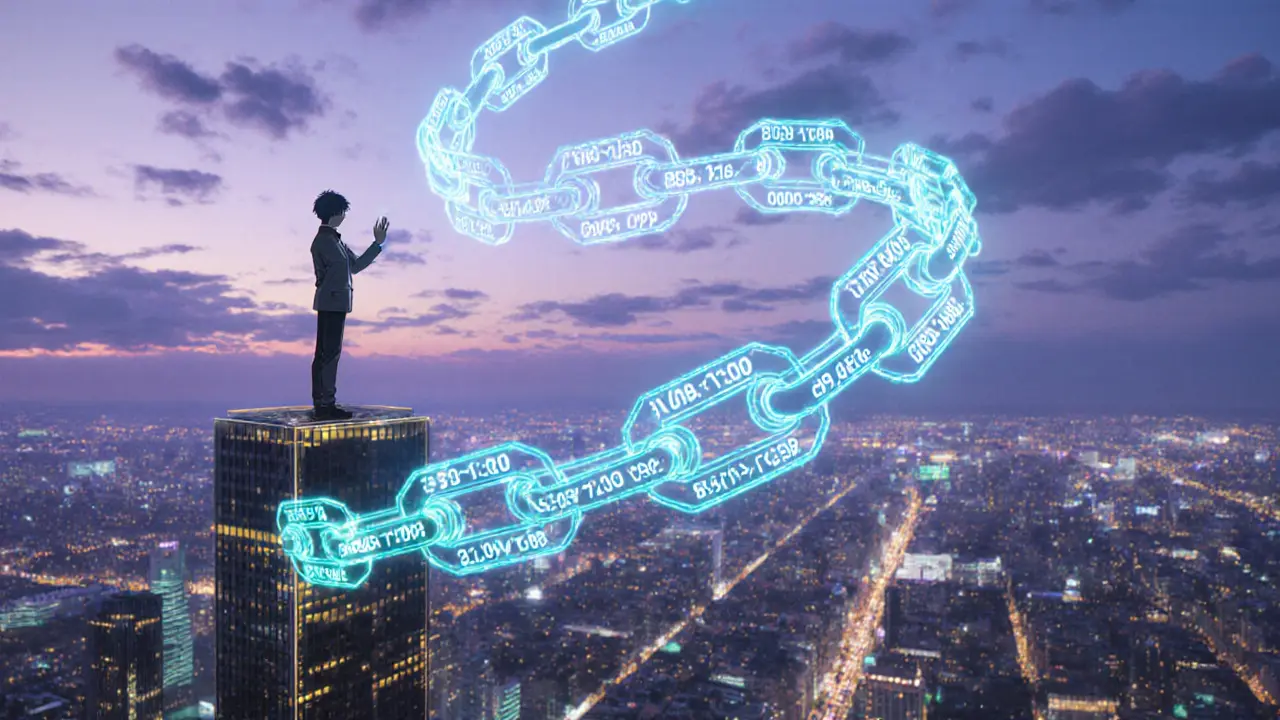Blockchain Copyright: Who Owns What on the Ledger
When you think of blockchain copyright, a system that uses decentralized ledgers to prove ownership of digital creations. Also known as digital rights management on blockchain, it's not about stopping copies—it's about proving who made it first and who has the right to sell or license it. Unlike traditional copyright, which relies on government registries and lawyers, blockchain copyright lets anyone timestamp and lock proof of creation directly on a public ledger. That means your digital art, music, or even code can carry its own birth certificate—no middleman needed.
This isn't theory. It's already happening. NFT ownership, a way to assign unique, verifiable ownership to digital items using blockchain tokens turned the art world upside down when Beeple sold a JPEG for $69 million. But NFTs aren’t just for art—they’re used for music, videos, game items, and even patents. The real power? The smart contracts, self-executing agreements coded directly onto the blockchain that automatically enforce rules like royalties or usage limits. Once you set a 10% royalty on resale, the blockchain pays it every time the NFT changes hands—no chasing down buyers, no paperwork.
But here’s the catch: owning an NFT doesn’t always mean owning the copyright. You might own the token, but the original creator could still hold the legal rights to reproduce or monetize the work. That’s why digital rights management, the system of rules and tools that control how digital content is accessed, copied, or shared on blockchain needs clear terms. Some platforms let creators embed license terms directly into the NFT metadata. Others leave it vague—and that’s where lawsuits start.
What you’ll find in the posts below isn’t just theory. It’s real cases: how Sweden’s energy rules affect blockchain innovation, how unlicensed exchanges get shut down, how meme coins like BabyPepeFi have no legal backing, and how platforms like Ordiswap and IQ Protocol are building real use cases on top of blockchain. Some posts show you how to claim airdrops tied to NFT collections. Others warn you about fake ownership claims. This isn’t about hype—it’s about knowing who actually owns what when the blockchain records the transaction.
 5 Nov 2025
5 Nov 2025
Blockchain patent management uses decentralized ledgers to create tamper-proof proof of invention, automate licensing, and reduce delays in intellectual property protection. Discover how it works, its real-world uses, and why it’s changing IP law.
View More
